We asked. You answered. Contemporary Abstract artists in the Tampa Bay area tell us how Abstract Expressionism has inspired their work.
Abstraction Today in Tampa Bay
By CL Staff on Wed, Jan 30, 2019 at 6:15 pm
Tags:
Scroll down to view images

Exit Music #47 by Nathan Beard
“I often use the techniques of Abstract Expressionism to build energetic layers of texture and color, upon which order is imposed with rhythmic lines. I am inspired by Ab Ex's search for the sublime through uninhibited access to the subconscious mind.” —Nathan BeardImage courtesy of Nathan Beard.
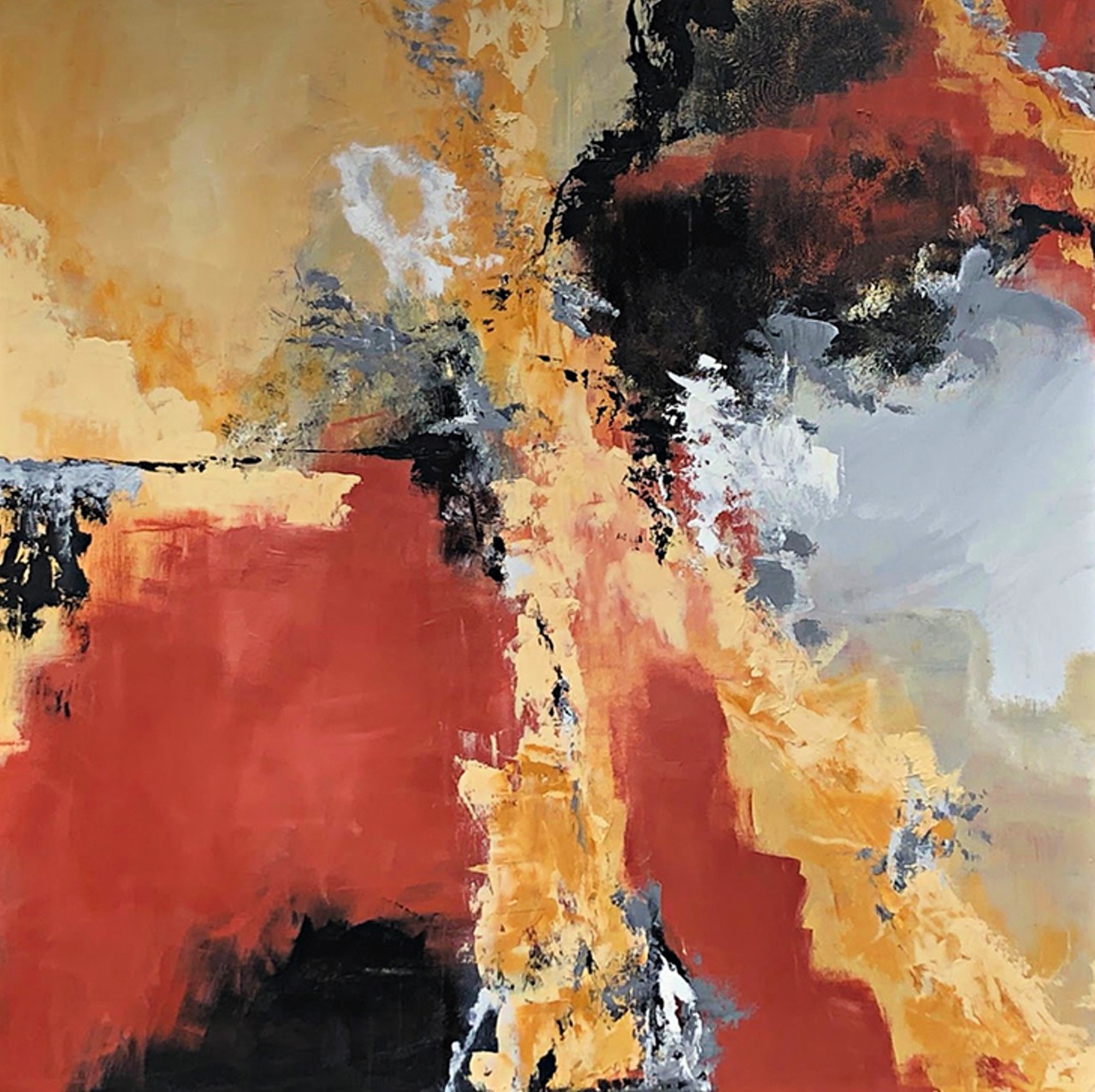
Paradise Lost by Mary Mirabal
“The more I painted, the more my soul was gravitating towards the abstract. And especially the Expressionist style, because to me it’s more painting from the emotional side. I just fell in love with it, and that’s where I am today.” —Mary MirabalImage courtesy of Mary Mirabal.
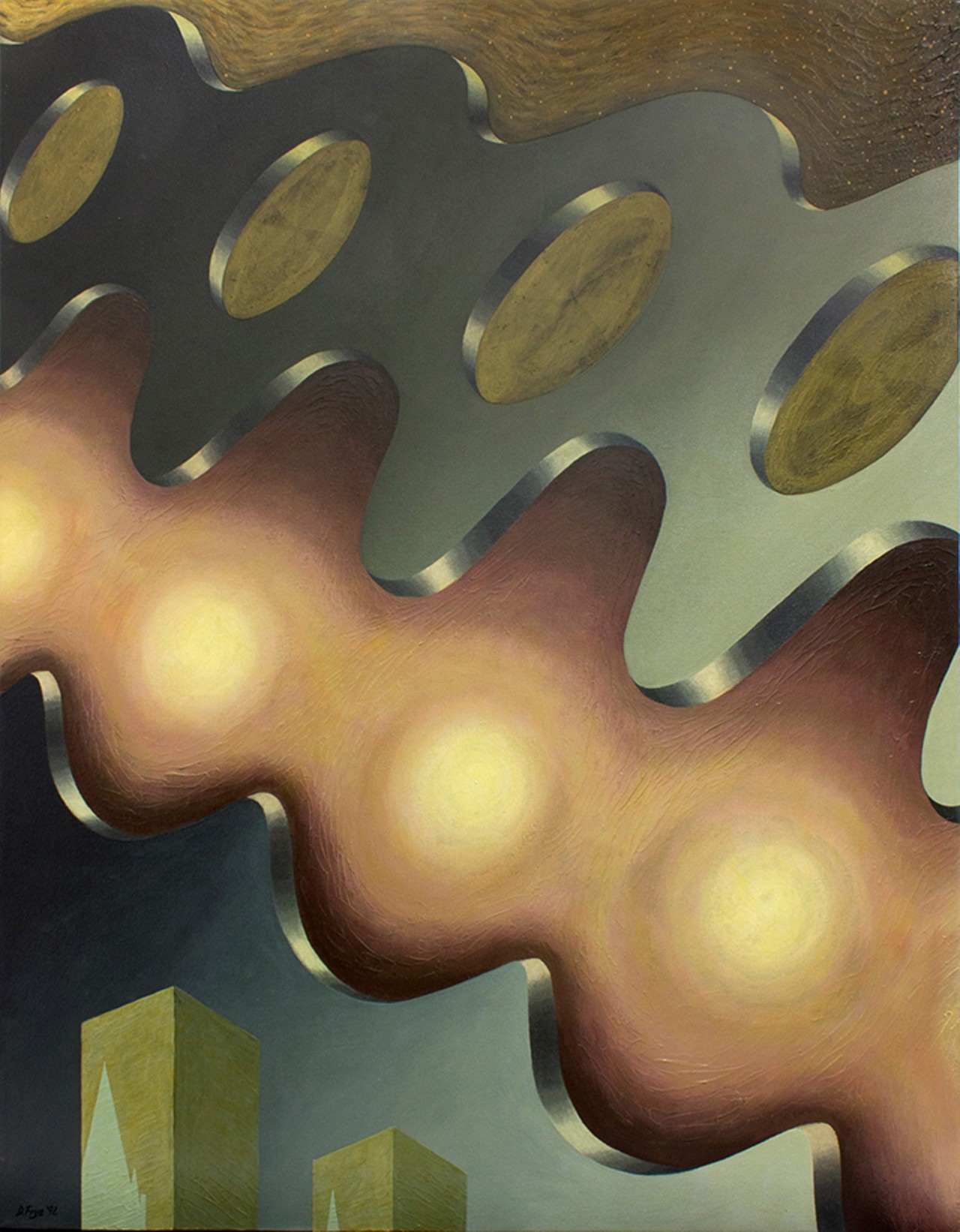
David Frye's Saint Helices series
Technically, David Frye is a New York artist, but the Dunedin native currently has work on display at the Dunedin Fine Art Center. Frye's Saint Helices series was, at least in part, inspired by Robert Motherwell's Elegies to the Spanish Republic. Frye was up to 60 iterations of his Helices, when he met Motherwell and asked him how many versions of Elegies he'd done. When Motherwell answered 400, Frye felt comfortable continuing to paint his Helices.Image courtesy of the Dunedin Fine Art Center.
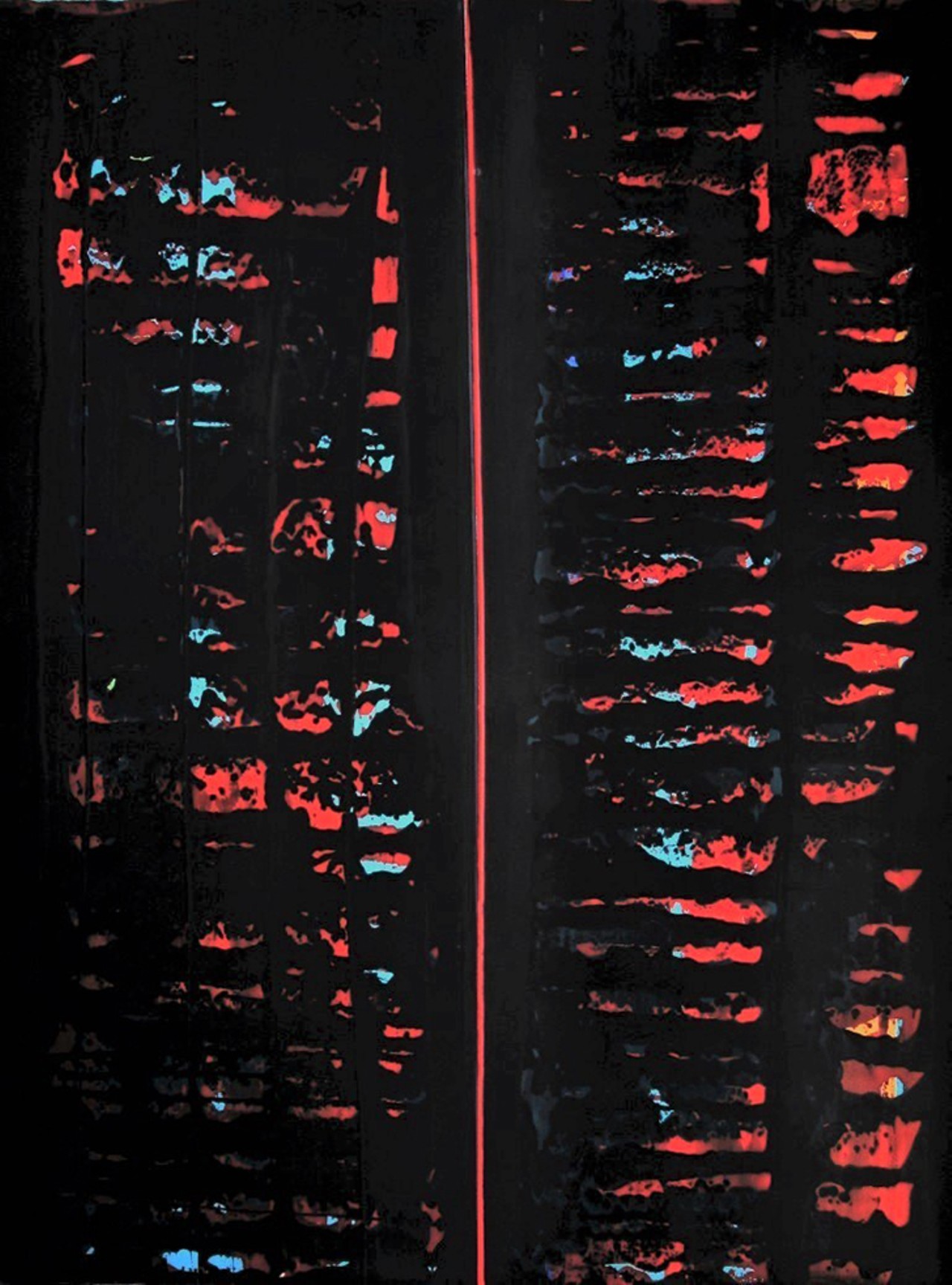
The Fire Below by Myron Hansen
“I like the spontaneity of it. I’ve been through all the phases of things, from realism to Abstract Expressionism, and I don’t even think that it’s Abstract Expressionism now. It’s just abstraction. I’m really totally free to do anything I want…I have a tendency to overwork things, so now I want the painting to flow without having so much control over it.” —Myron HansenImage courtesy of Myron Hansen.
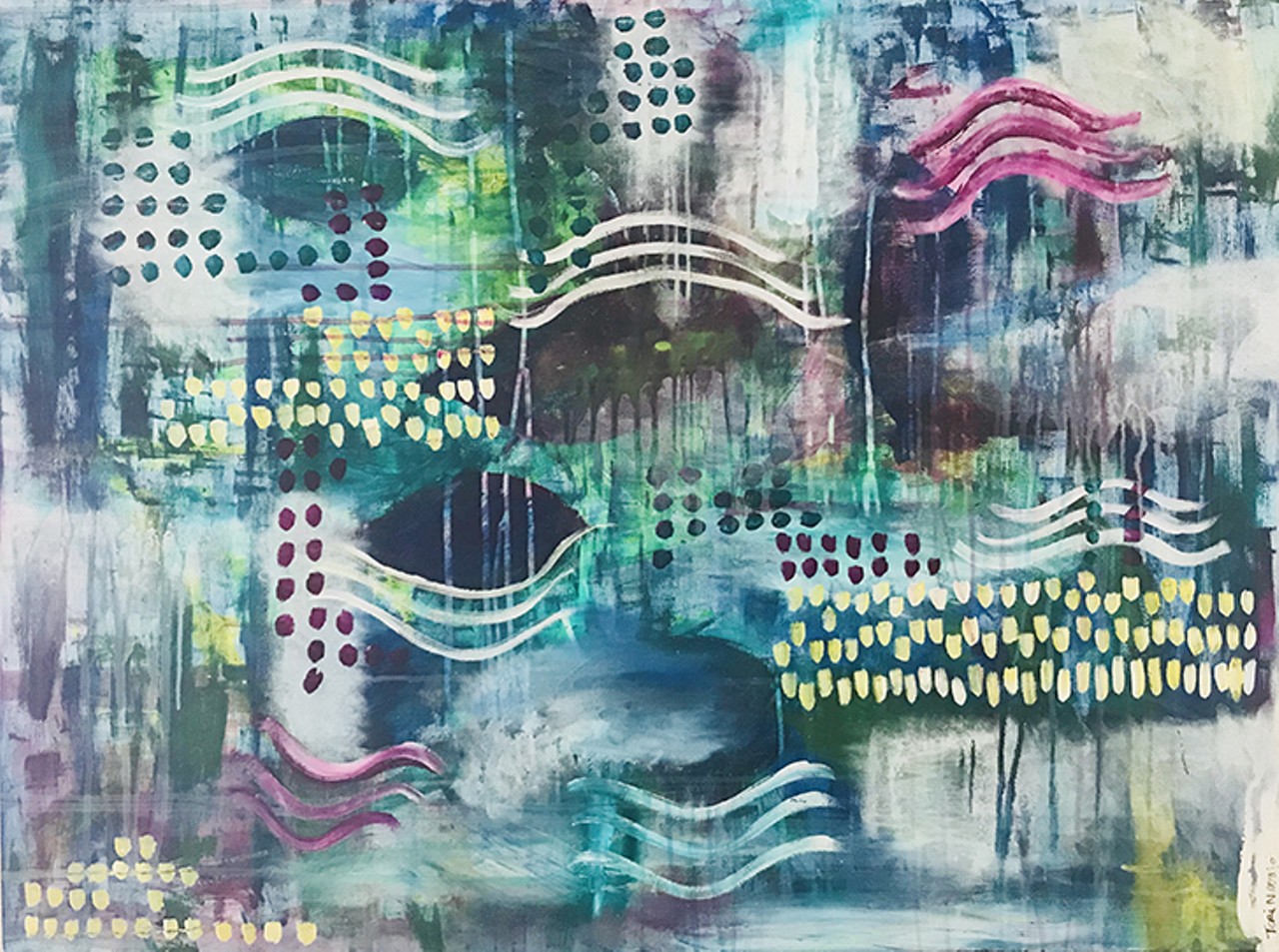
City Lights by Teri Navajo
"Franz Kline and Rothko are wells of inspiration for me!" —Teri NavajoImage courtesy of Teri Navajo.
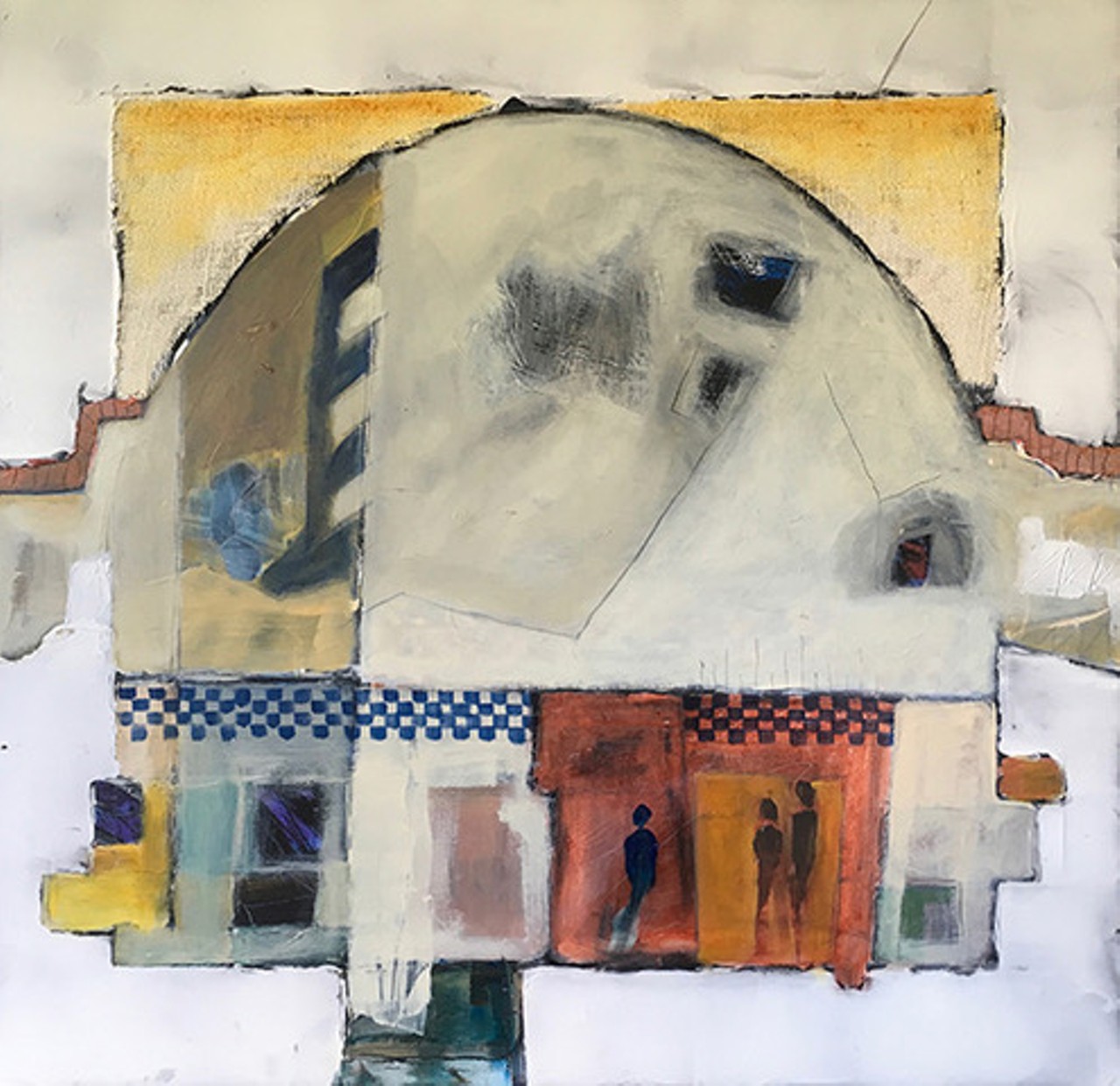
Union Terminal by Kerry Didday
"Expressionism allows me to search for my own creative uniqueness...As many artists, I began by painting many, many subjects moving from realism to abstraction and continue the search for my expressive creativity. I think its a natural movement from boring realism to exciting expressed abstraction."—Kerry DiddayUnion Terminal, Acrylic/Collage on canvas, 36x36x1.5 in. Image courtesy of TECO Public Art Gallery and Kerry Didday.

100 Brush Strokes by Nancy Smrekar
“For me, Abstract Expressionism is more about the emotions one is feeling at the time. So, it’s a gratifying and spontaneous release of those emotions onto the canvas via color, shape, form and energy.” —Nancy SmrekarImage courtesy of Nancy Smrekar.
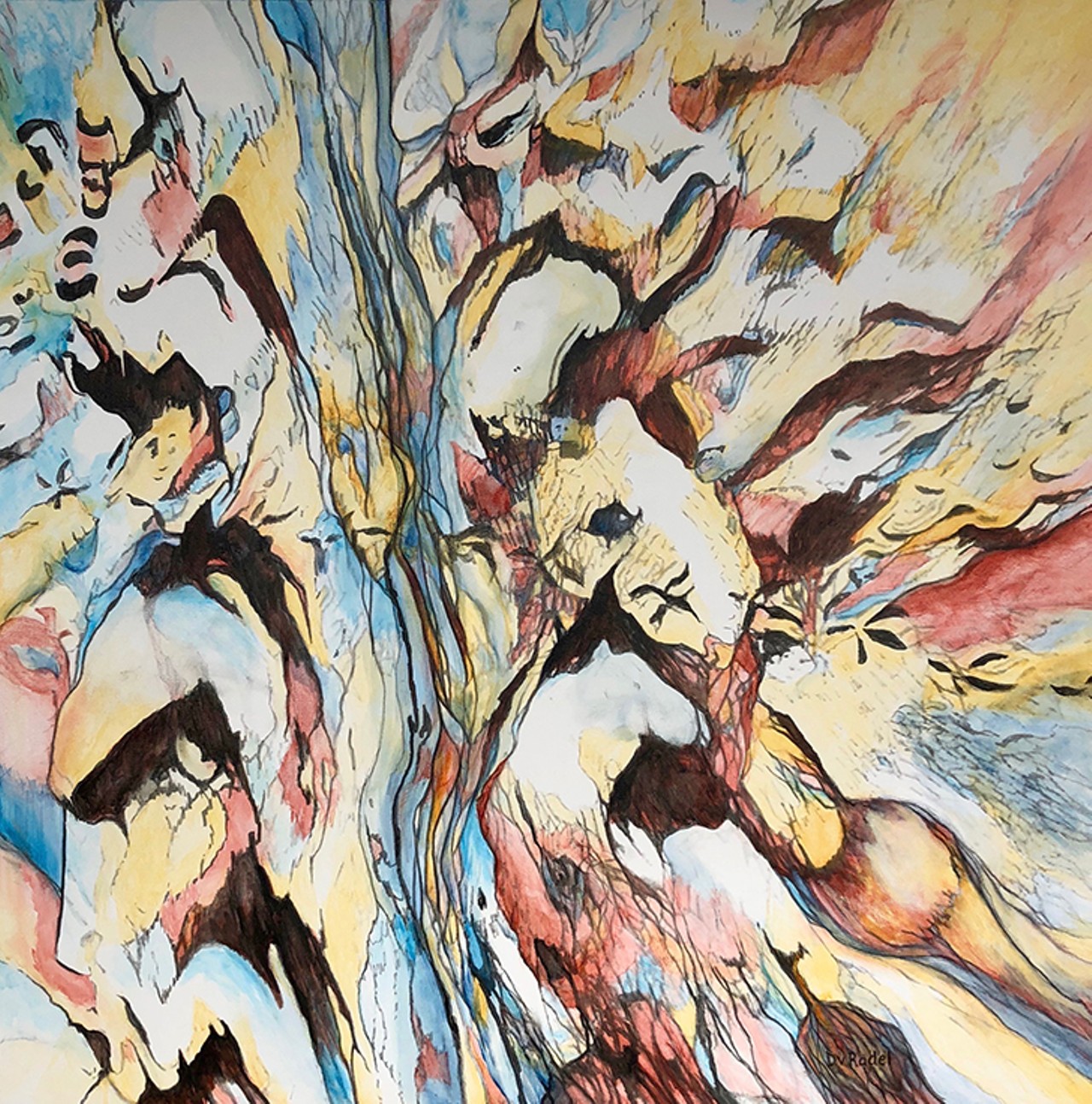
Prayers and Pleas by Diane Radel
“Abstract Expressionism freed me to capture the emotion and record the interplay inherent in nature-the fragility of life and its resilient connectedness. This abstract painting, "Prayers And Pleas", was inspired by a photograph, taken 6/10/18 at 7:55AM, of a sea turtle track in the Archie Carr National Wildlife Refuge. I intentionally added the bird tracks that crossed the sea turtle's that day, but the other animal and human faces that often appear in my paintings seem to come into being as I paint.” —Diane RadelImage courtesy of Diane Radel.
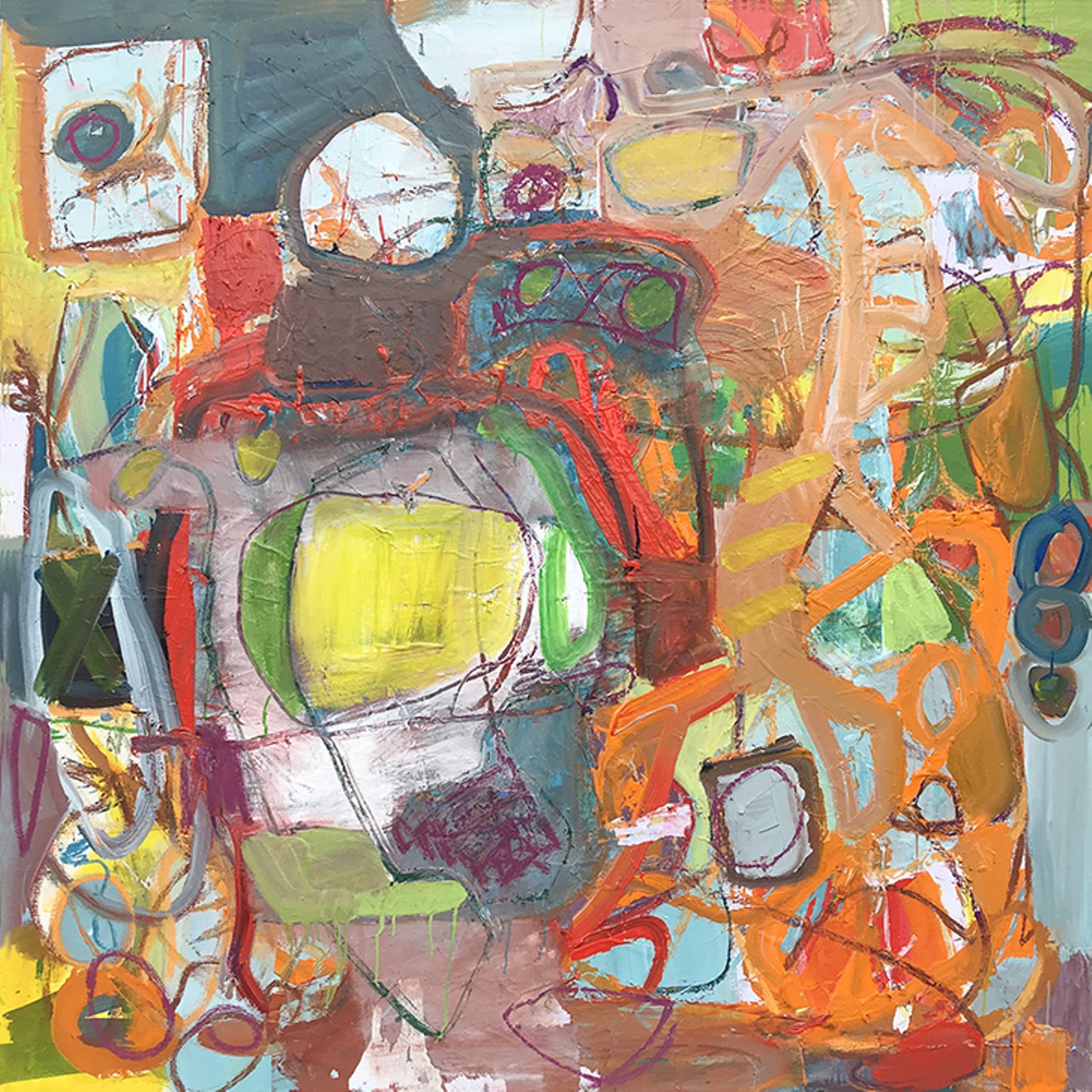
Windows to the Soul by Melissa Mason
“What attracts me to the abstract-expressionist style is the freedom and energy of the process. Through the process-using line, color, shape, and improvising-a fascinating dialog takes place between myself and spirit. And the completed painting continues the conversation with the viewer.” —Melissa MasonImage courtesy of Melissa Mason.
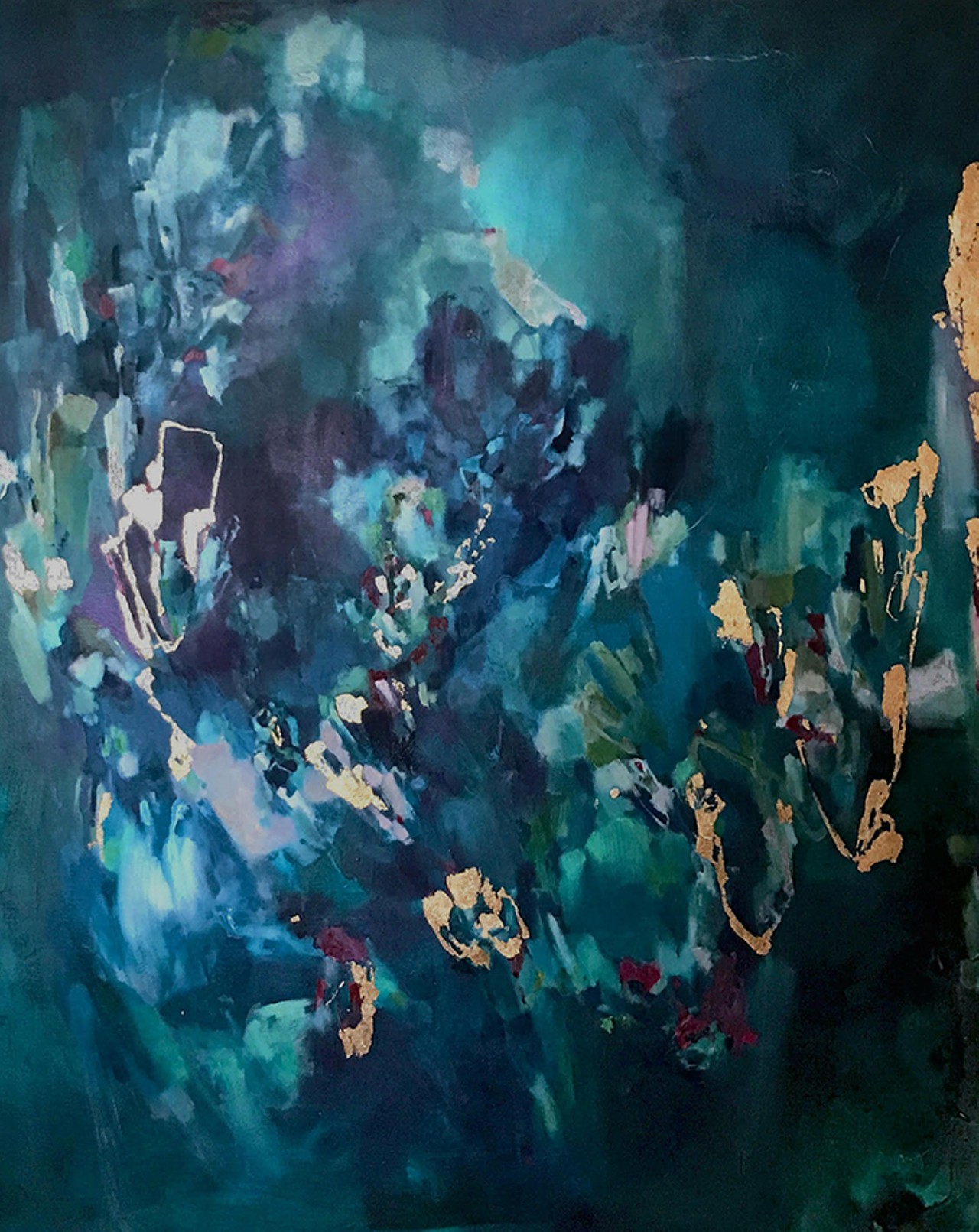
Wandering by Stephanie Ong
“Abstract expressionism, for me, means showing up. Making deliberate marks, interacting with the painting, putting it all out there. It's telling a story I may not fully understand myself until it’s complete.” —Stephanie OngImage courtesy of Stephanie Ong.
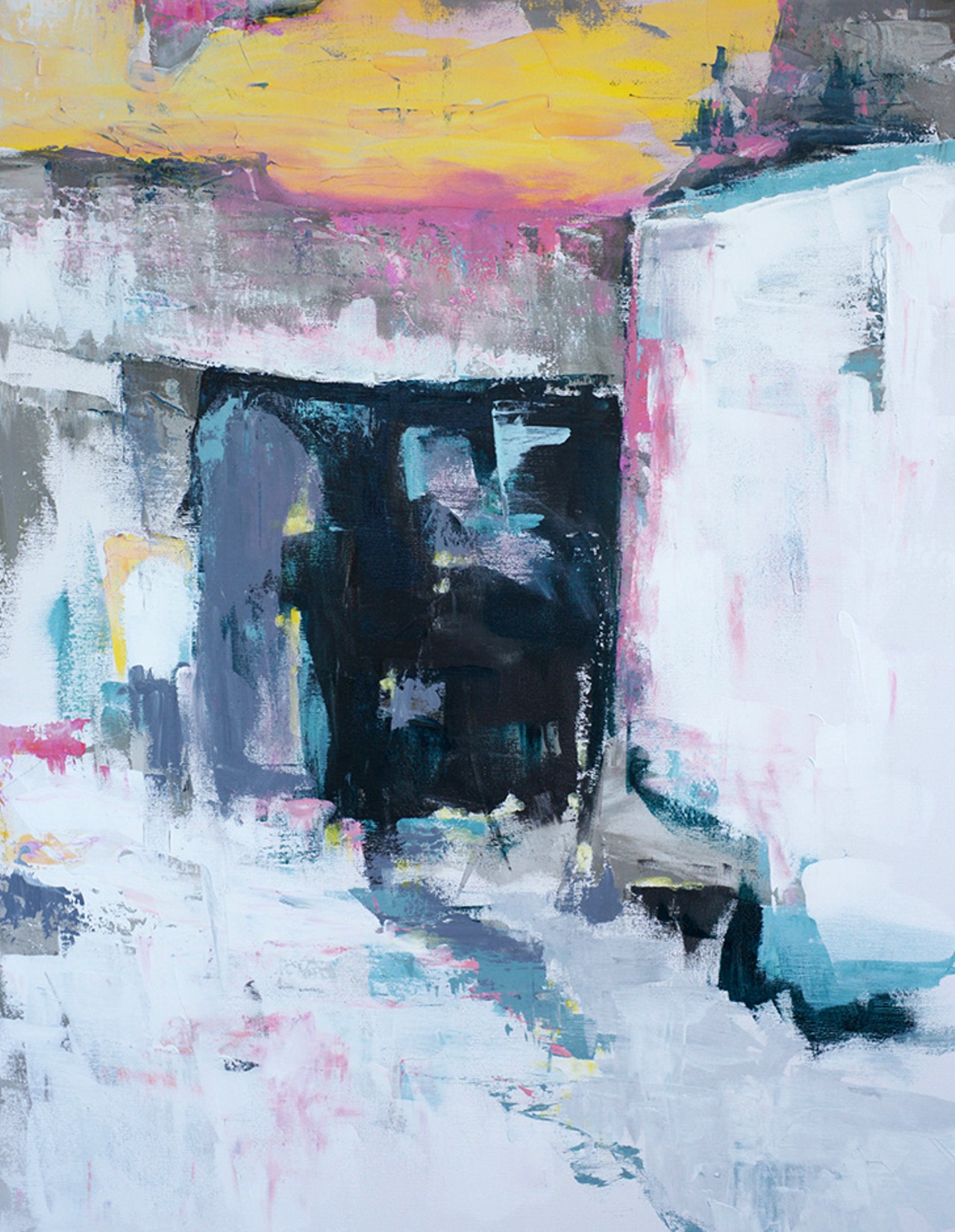
After All These Years by Lorraine Potocki
“I’m drawn to abstract expressionism because of the immediacy of expressing emotion with brush strokes and texture. I appreciate the dramatic relationship between compositional elements of foreground and background and lights and darks. In this painting, like the expressionists, the treatment of architecture is achieved by a sketchy recreation with just enough information to tell the story.” —Lorraine PotockiImage courtesy of Lorraine Potocki.
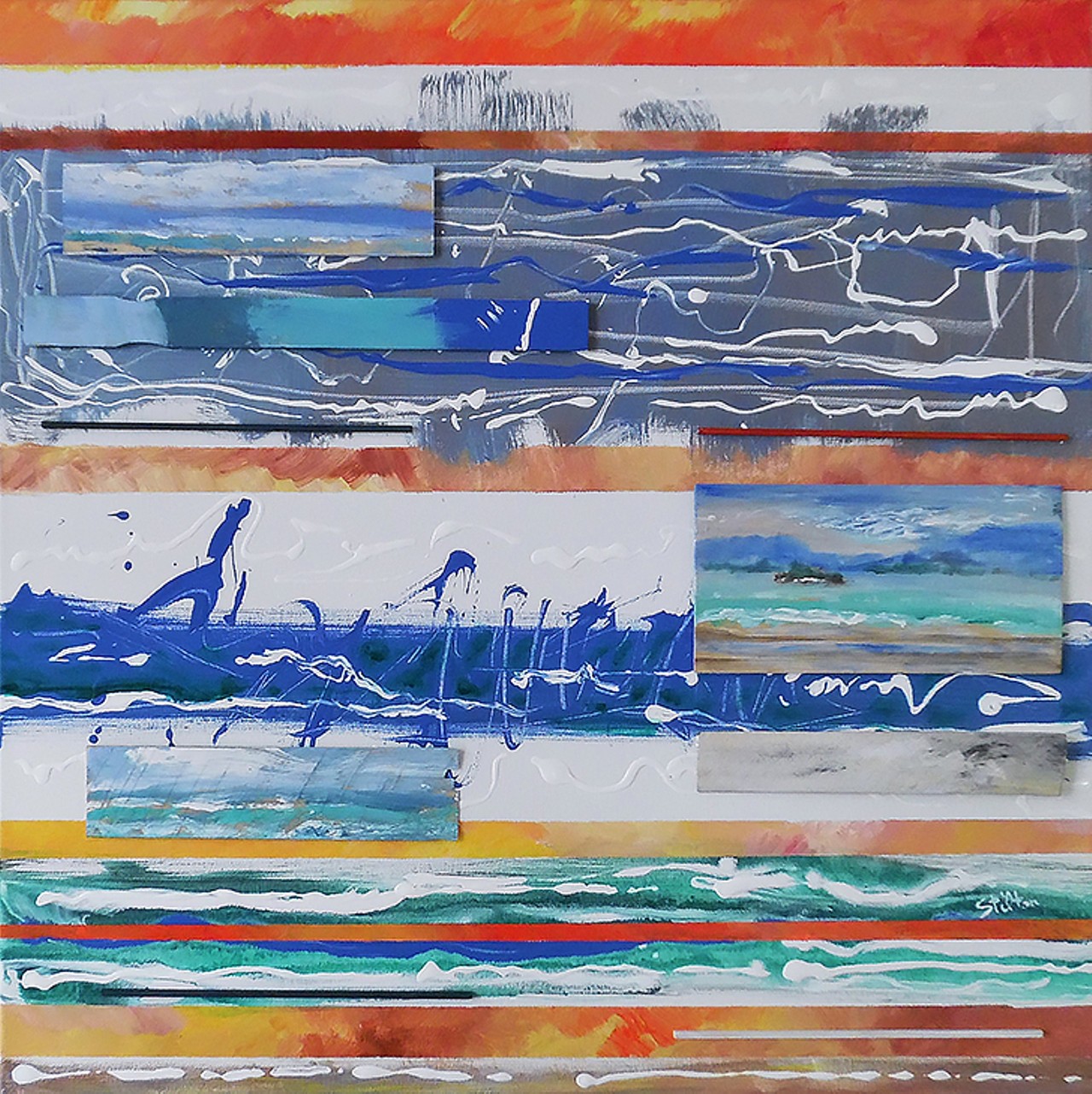
Premonition of a Sunset at Schoodic Point by Peter Stilton
“Can you imagine, me, a child of the late forties and early fifties, and growing up with museum mentors like Monet, Picasso, Braque, and all the 'Old Masters,' when suddenly you see for the first time, Franz Kline! The power, the strength of all your linear and passionate feelings of the explosive waves crashing on the rocks of Kennebunkport! And Big Sur, and the drama of Death Valley! As a high school and university student it became the way I saw everything, in elemental structural expression! And through 60 years of painting and photography, it is always, in some way, part of the varied work that is always changing and new!” —Peter StiltonImage courtesy of Peter Stilton.

Stairway to Heaven by Tony Blue
“To me abstract expressionism is letting my imagination run wild like I'm sure it did when I was five. Whether objective or non-objective, it's all about lines, marks, splatters, blobs, etc. that push the painting into the expressionist zone - an exciting place for sure!” —Tony BlueImage courtesy of Tony Blue.
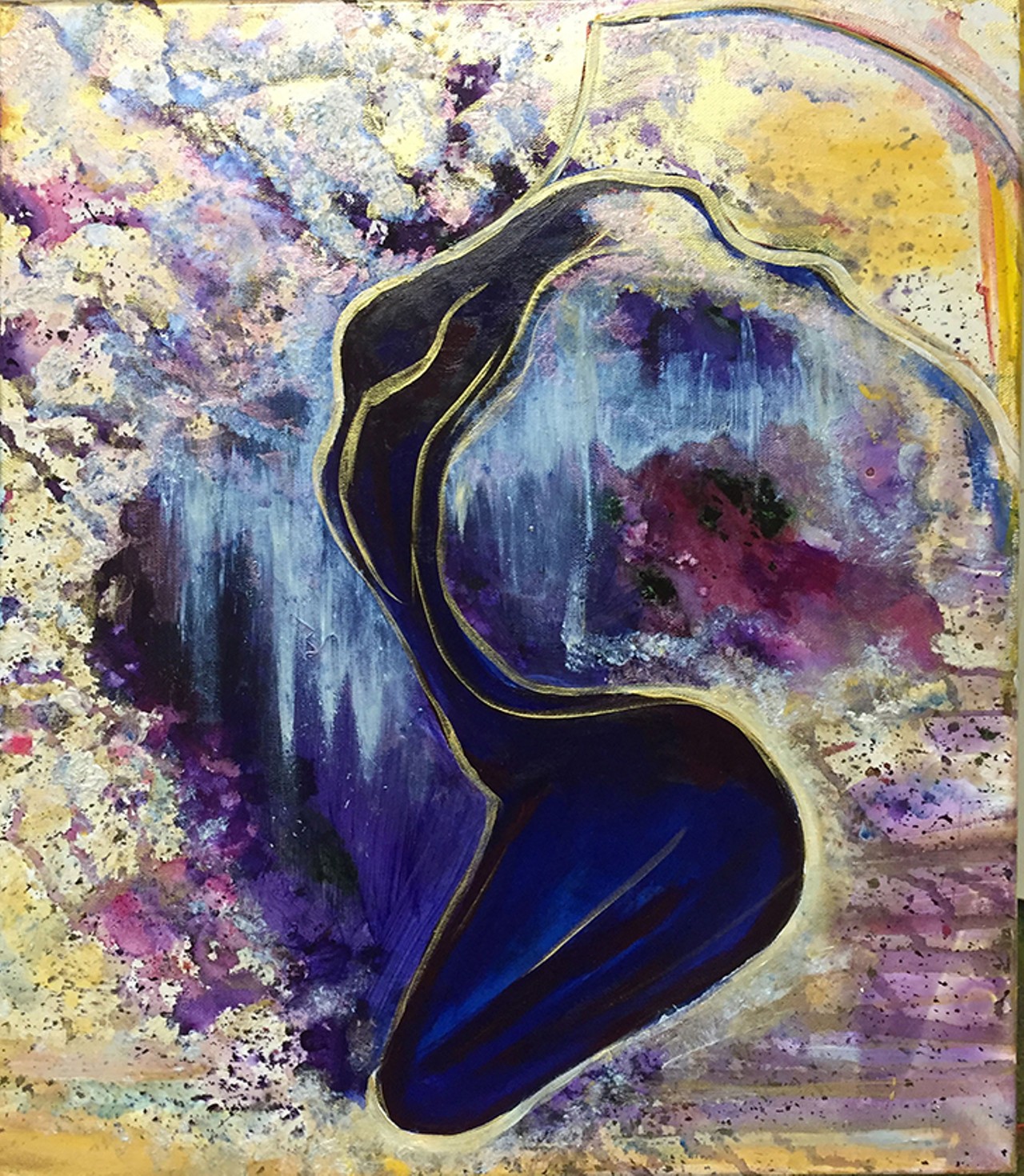
Brightest is Tomorrow's Light by M'ria Swire
“My work Synthesizes Emotion, Energy and Movement with Abstract Visions of the Female Form. My process is in the moment, unanticipated, determined by emotion, spontaneity and application harmony. I use Color and Paint application to emphasize innate emotional expression.” —M'ria SwireImage courtesy of M'ria Swire.
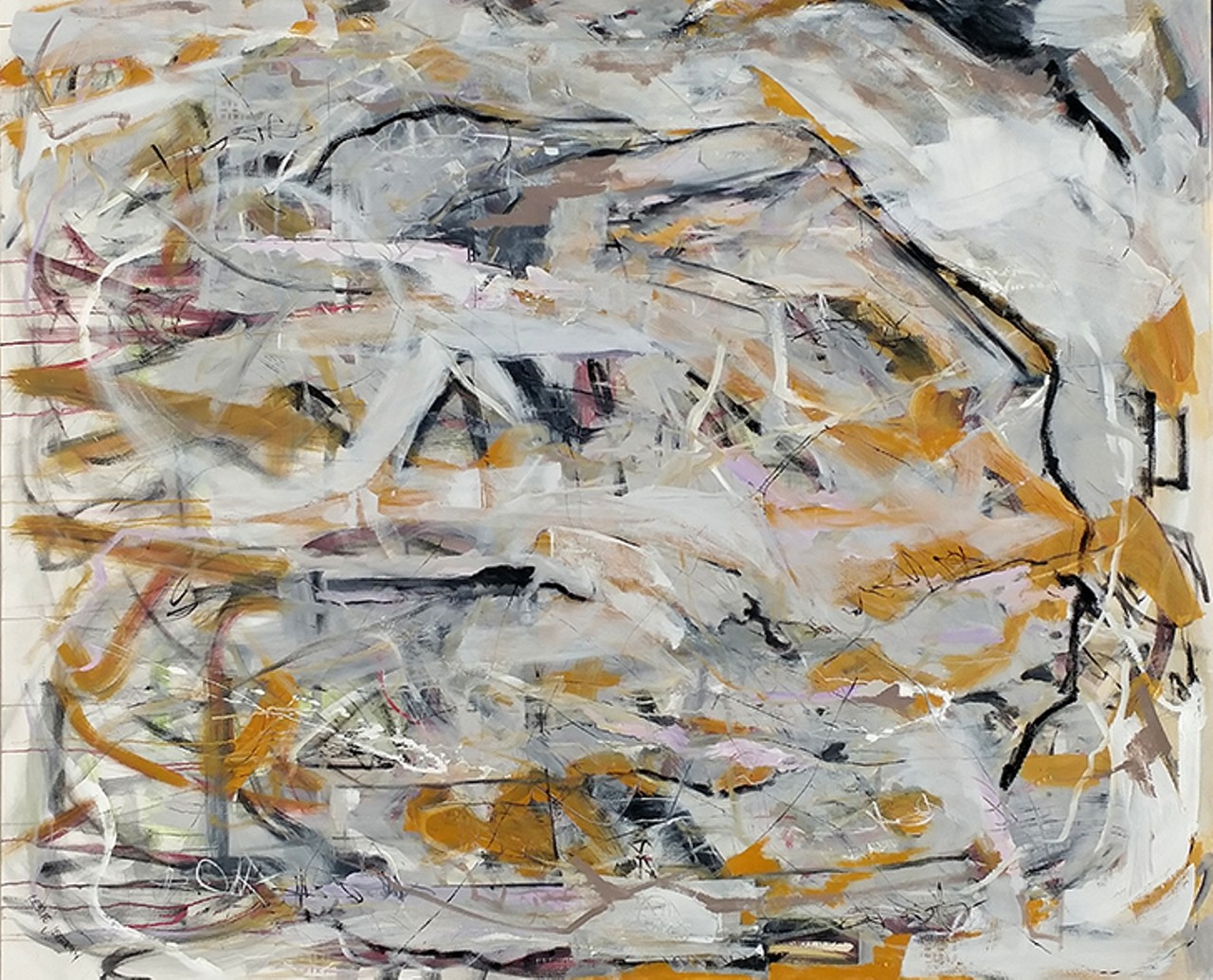
Howl of the Wolves by Leslie Jeffery
“The Ab-Ex style so completely suits me. The freedom to do - make marks, lines, spread color and shapes and watch as the interaction takes form. Sometimes following a thought or idea trying to capture that essence and sometimes solely invested in the process.” —Leslie JefferyImage courtesy of Leslie Jeffery.
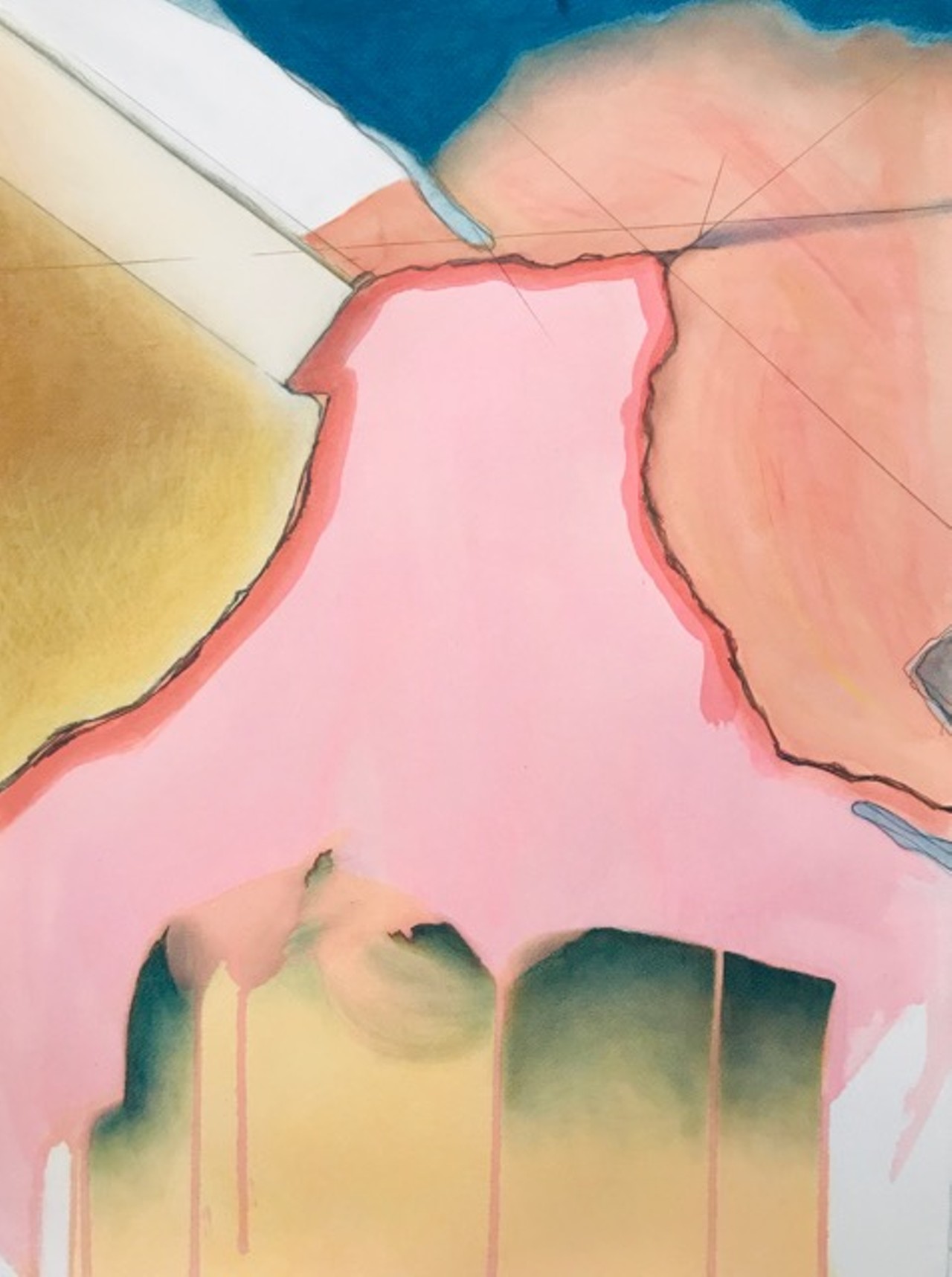
The Path by Debra Radke
“To work on the floor looking down into the field of figure/ground relationships; pouring or brushing expansive areas of thinly veiled color to create my forms; and using whatever materials spoke to me; led to a more expressive, what I would call spiritual response, to the natural world around me. Helen Frankenthaler in particular, along with Mark Rothko and Richard Diebenkorn, are Abstract Expressionists that heavily influenced my working process early on and continue to be a force in my work to this day.” —Debra RadkeImage courtesy of Debra Radke.

Sculptures by Christina Bertsos
"I find inspiration in everything, from the classical forms of Ancient Greece to the abstract expressionists of modern times." —Christina BertsosPhotograph by Jennifer Ring.
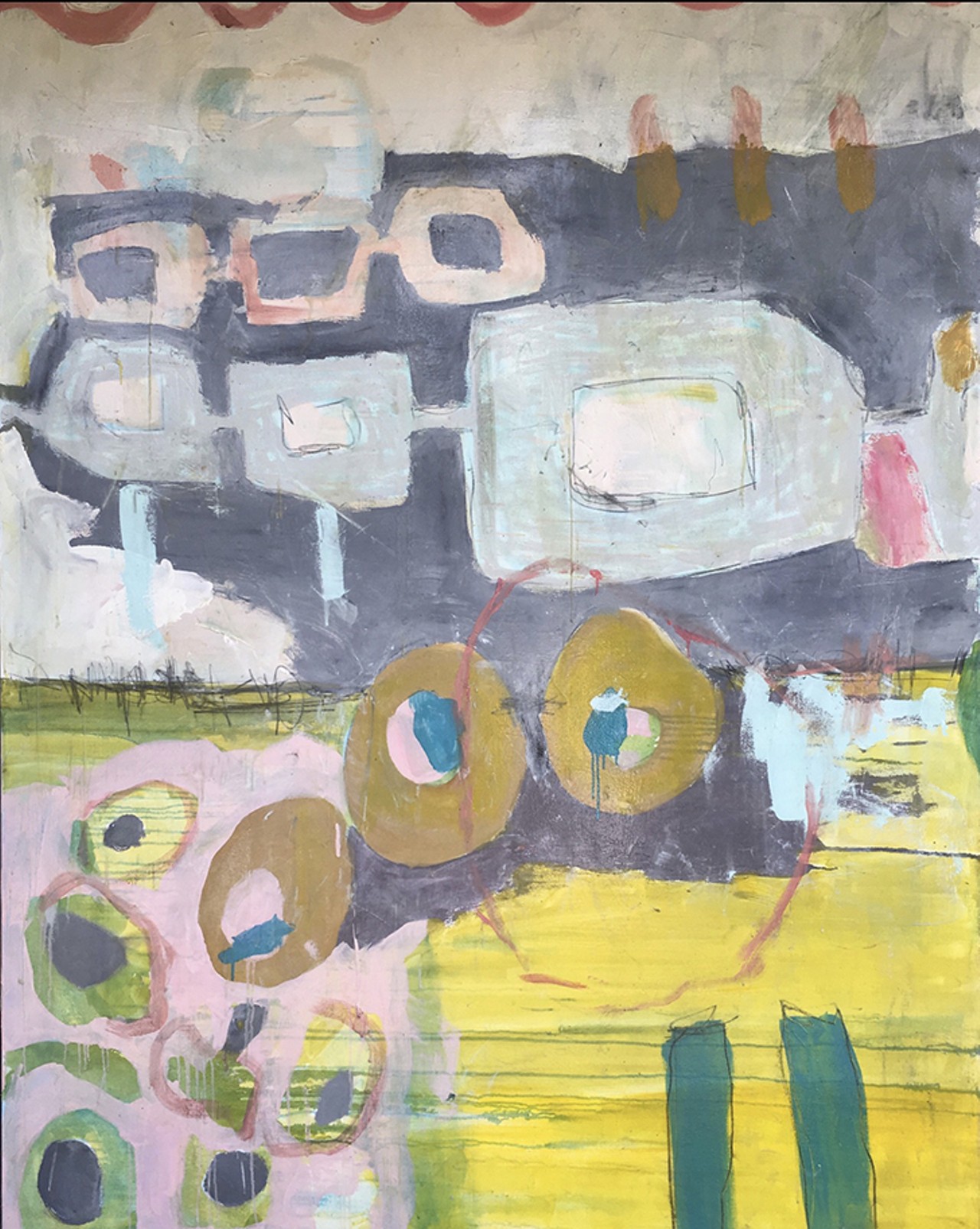
Ice Cream Boneyard by Kate Cummins
"Abstract expressionism has influenced my work in that it allows me to be courageous with color and mark making. If I have a thought about, for instance the human genome as in the painting called 'Ice Cream Boneyard', I just go for it. I think the artists of abstract expressionism and post abstract expressionism did the same. They just went for it."—Kate CumminsImage courtesy of Kate Cummins.
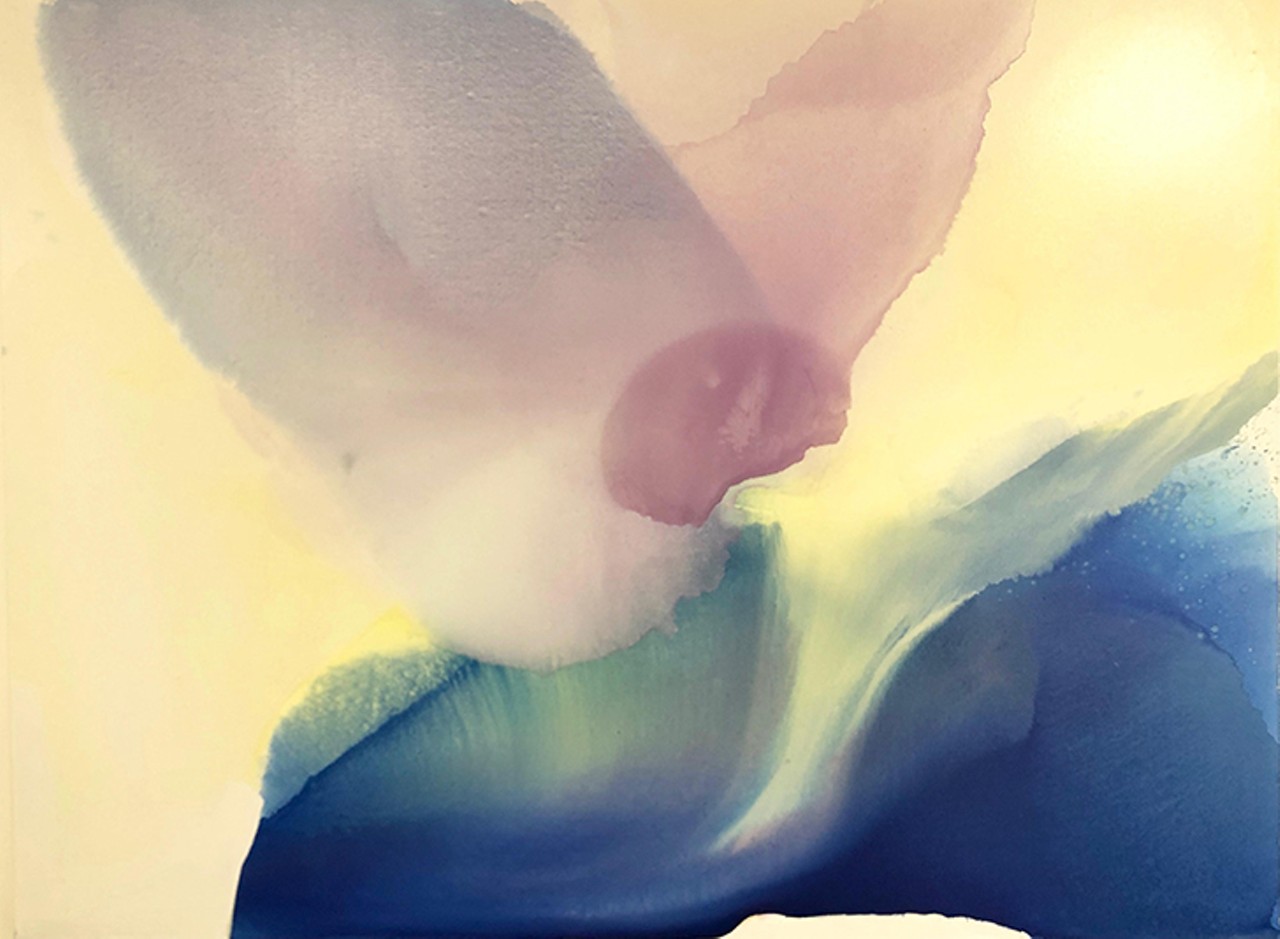
Isness #191 by Bassmi Ibrahim
"I have devoted many years of my artistic career to the study and practice of abstract expressionism. I chose this school of art because it opened up venues of freedom to experiment. The theory of eliminating subject matter from the artistic expression meant that I was now totally free to express a new aesthetic. An aesthetic that is basically a study in form, composition, depth and color resonance to achieve a powerful vibrational essence that may emanate from the work."—Bassmi IbrahimImage courtesy of Bassmi Ibrahim.
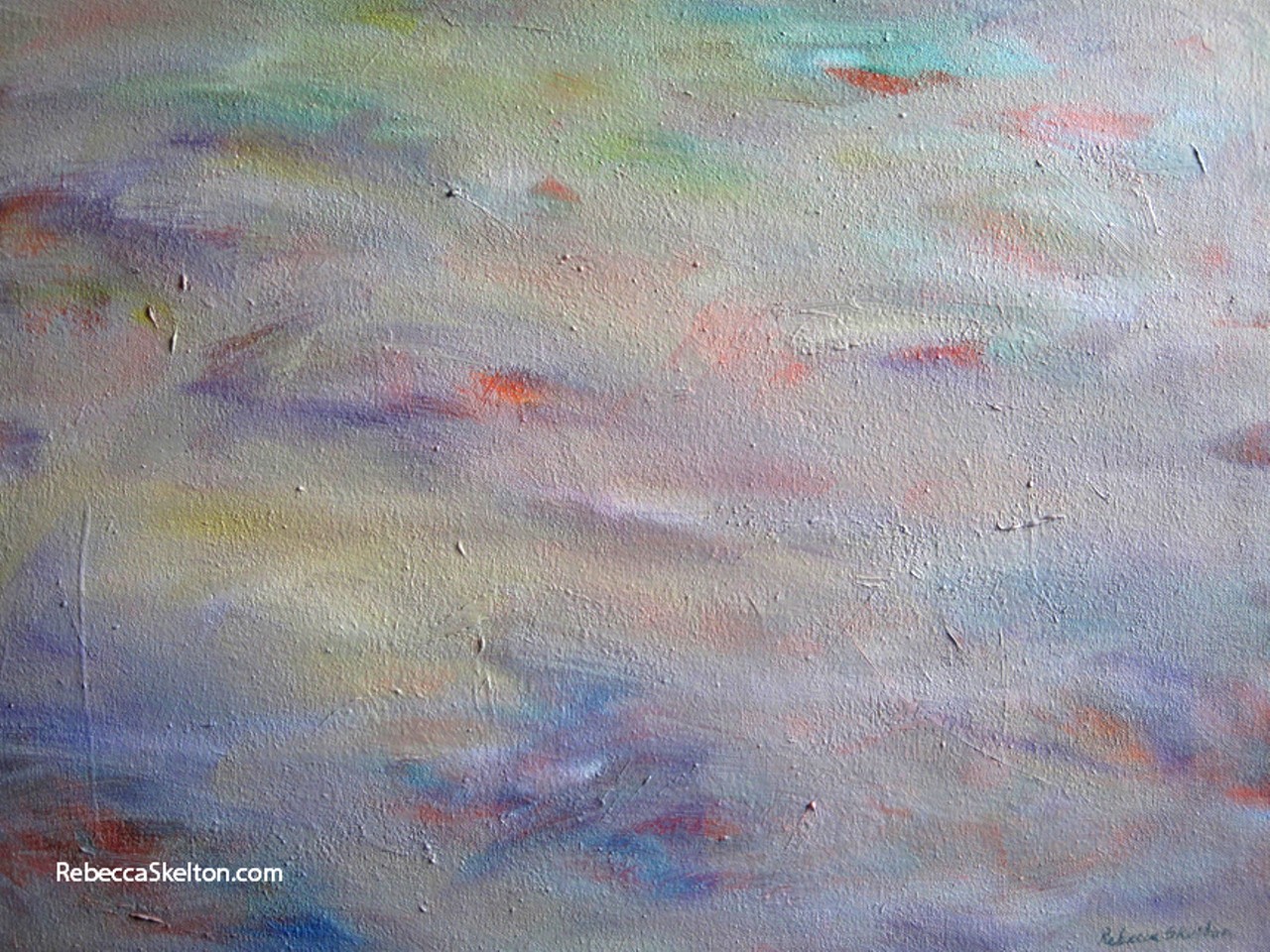
Summer Dusk by Rebecca Skelton
"I begin my artwork as an experiment with a particular set of colors. The goal is to see what sort of expression I can get from various combinations of colors and marks, and to see how minimal the work can be before it becomes background. I consider abstraction to be the most difficult and the pinnacle of visual language."—Rebecca SkeltonImage courtesy of Rebecca Skelton







